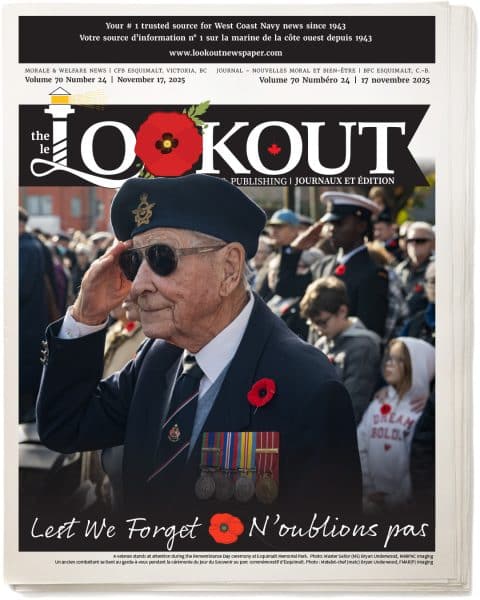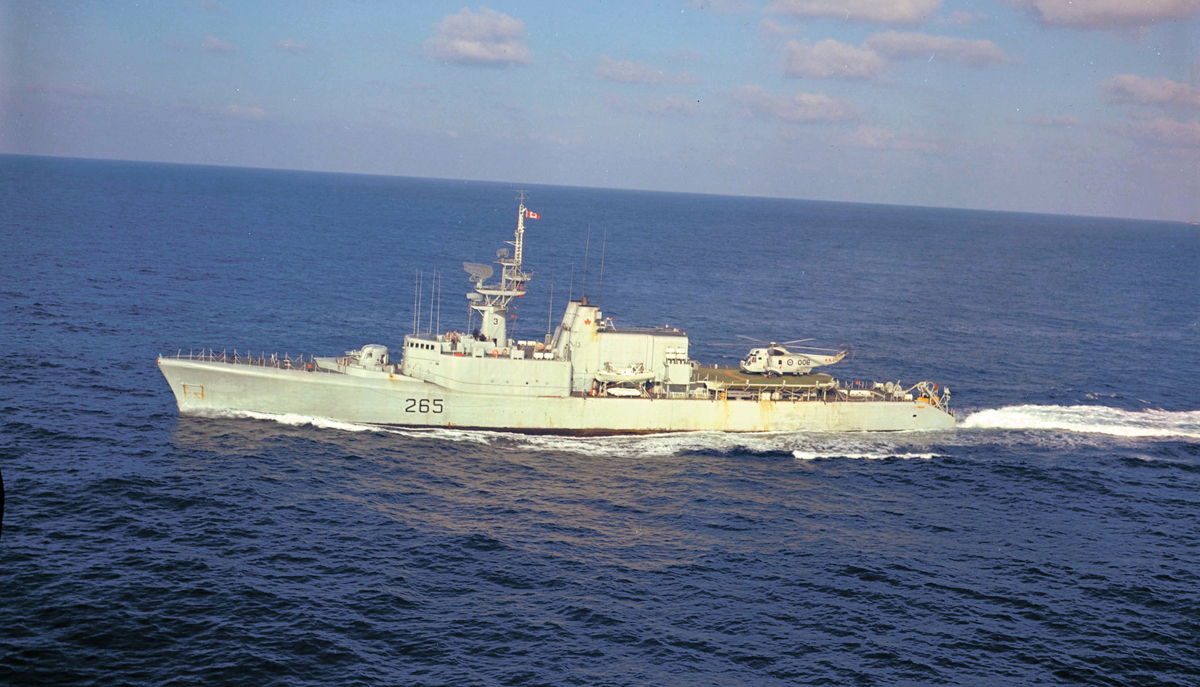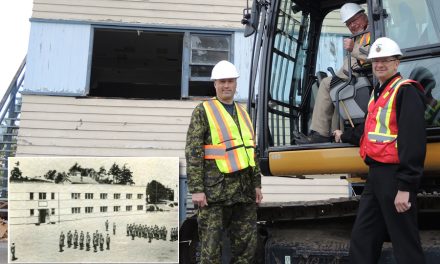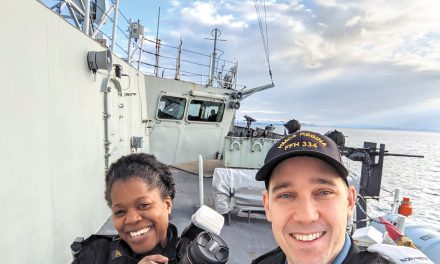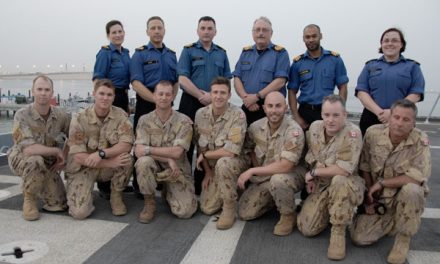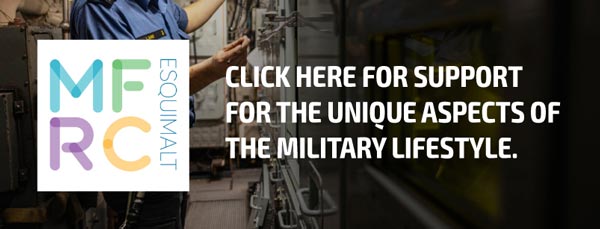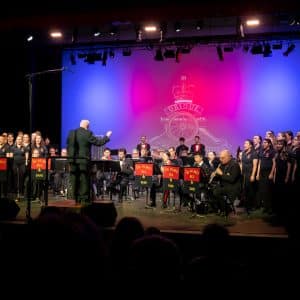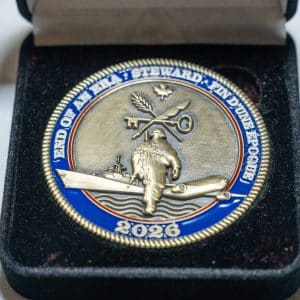
Concept drawing of the full scale replica airframe of the Sea King helicopter created by Apex Industrial Design Ltd., of Red Deer, Alberta.
Peter Mallett
Staff Writer
––
A life-sized 11-tonne skeletal sculpture of a Sea King helicopter may be landing on the flight deck of the former HMCS Annapolis next year, which is submerged in Halkett Bay, north of Vancouver.
The former navy destroyer, decommissioned in 1996, became an artificial reef on April 4, 2015, through the work of the Artificial Reef Society of British Columbia (ARSBC).
Next year, pending final approval from BC Parks, the sculpture of a CH-124 helicopter’s skeletal frame will be lowered approximately 70 feet below the surface onto Annapolis’ flight deck.
Construction of the sculpture is being built by architectural steel contractor George Third & Son of Burnaby, B.C. The design is by Apex Industrial Design Ltd. from Alberta.
The helicopter’s frame is made of uncoated steel bars and measures approximately 10 feet wide at the wheel base and 50 feet long for the fuselage. The design allows the ocean current to flow through unimpeded and thus expand on fish and fauna marine habitat opportunities living in and around the artificial reef, says LCdr (Retired) Rick Wall, ARSBC Vice-President and Chief Operating Officer.
“Installing the aircraft on the flight deck where it originally operated will also be a fitting symbolic tribute to all the aircrew who served on board this proud ship,” says Wall.
The last of the Royal Canadian Air Force Sea King helicopters were taken out of action in December 2018 and replaced with the Cyclone helicopter.
“The Sea King was a helicopter that flew off the Annapolis throughout its service life,” says Wall, who served aboard the destroyer during his 41-year navy career. “Annapolis was chosen for the Sea King location because it was the first destroyer with an assigned helicopter on the West Coast.”
ARSBC’s mission is to create environmentally friendly artificial reefs through the disposal-at-sea of decommissioned vessels and aircraft. The main goals, says Wall, are for marine habitat enhancement, protection initiatives, and sustainable economic benefit for coastal communities.
For more information about ARSBC and their sunken wrecks visit www.artificialreefsocietybc.ca
––––
